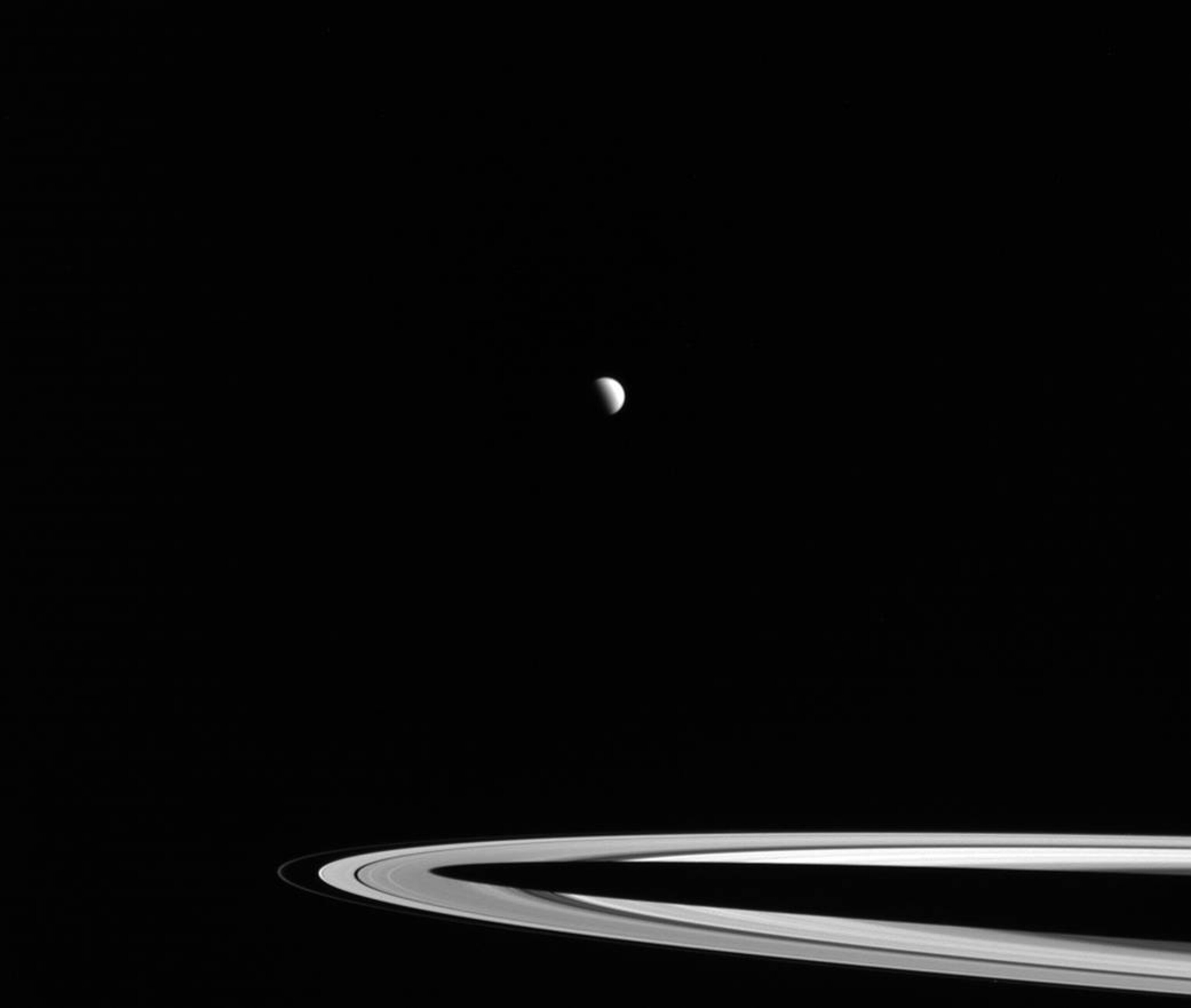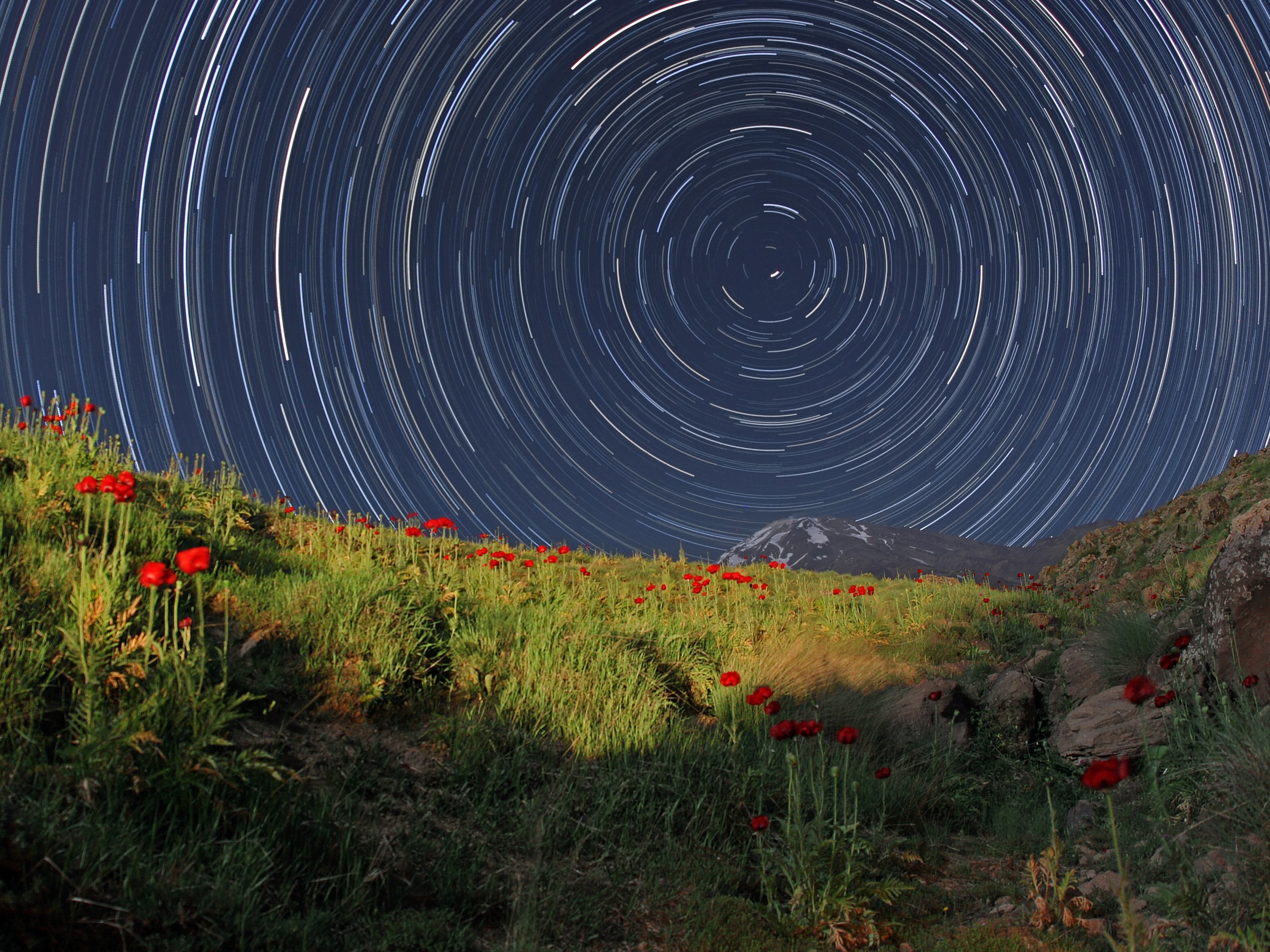
How long is a day on Saturn? Astronomers just found out.
The gas giant was long the only planet in the solar system missing this vital piece of information.
The beauty of Saturn’s delicate system of rings is indisputable, but human fascination with them isn’t all about aesthetics; those rings can tell us incredible scientific stories, too.
Now, a study published in The Astrophysical Journal has used the planet’s rings to answer a surprisingly frustrating question: How long is a day on Saturn? The answer: 10 hours, 33 minutes, and 38 seconds.
This revelation is important because it’s “a fundamental property of any planet in the solar system,” notes University of Iowa physicist Bill Kurth, who worked on NASA’s Cassini mission to Saturn but who was not on the study team. Knowing how long a given planet’s day lasts can help with interpreting its gravitational field and its internal structure. But for the ringed planet, it’s a variable that astronomers have been struggling with for decades.
“Saturn is the only planet whose rotation is hard to measure,” says Matthew Tiscareno, a senior research scientist at the SETI Institute who wasn’t part of the new study. He explains that the terrestrial planets have surface features that can be tracked. The other three gas giants don’t, but they have tilted magnetic fields that wobble as these planets rotate, and the disturbances can be used to work out each planet’s rate of rotation.
Saturn, however, wasn’t playing ball. The gassy world’s swirling, chaotic clouds mean that no surface features can be properly tracked. At the same time, several spacecraft orbiting Saturn have confirmed that its magnetic field is freakishly on-the-level, aligned near-perfectly with its rotational pole. That means its rotation doesn’t cause any measurable change in its magnetic field.
The snare drum of the solar system
For years, it wasn’t clear how to solve this conundrum. Then, a research team led by Christopher Mankovich, a graduate student in astronomy and astrophysics at the University of California, Santa Cruz, had an idea.
Saturn’s rings are far from static. They sometimes ripple or experience waves, normally when orbiting moons tug at them as they pass near all that ice and dust. But these waves can also be triggered by the oscillations of material deep within Saturn’s enigmatic interior. If a moving mass creates localized changes in the planet’s gravitational field, then that pulls at the rings, too.
It’s a bit like a snare drum: Something rocks the main instrument, and the snare shakes in response.
“Although you can't hear its oscillations, Saturn is very much like a musical instrument,” Mankovich explains. “Its timbre, as in the set of allowed frequencies for its oscillations, is dictated by its overall structure: its size, shape, composition, temperature, and so on.”
It doesn’t take much effort to trigger those waves. If a mass equal to one of Saturn’s moderate-size moons shifts around within the planet, it can cause part of the rings to slosh back and forth. If this sloshing matches up with the frequency of the ring’s orbit, it resonates, turning a small slosh into a clearly observable spiral wave.
Saturn is very much like a musical instrument.Christopher Mankovich, University of California, Santa Cruz
The properties of these waves depend on what they are travelling through and what generated them. With this in mind, Mankovich’s team created a bespoke numerical model, designed to use the ring waves to work out what the interior structure of Saturn must be like. Their model not only revealed some of the planet’s inner workings, but it also managed to finally calculate the length of a Saturnian day.
The team has done “a careful and reliable job” at solving this persistent query, Tiscareno says.
A beast of a space probe
So, what took so long? The fact that Saturn’s internal mass and its errant behavior can cause ring waves was first evidenced in the early 1990s, says Tiscareno. And a series of recent studies led by the University of Idaho’s Matthew Hedman further built on the notion to develop what the team refers to as kronoseismology, or the ability to see what’s happening inside Saturn using the waves in its rings, a concept first suggested in 1982.
Finally cracking the mystery all came down to the late, great Cassini spacecraft, says James O’Donoghue, a planetary scientist at NASA’s Goddard Space Flight Center who was not involved in the study.


Plenty of spacecraft have visited Saturn, but Cassini—a “beast of a space probe”—circled the giant world for 13 years with instruments that could watch those rings in unprecedentedly high resolution. That enabled it to see tiny details that are “impossible to achieve” using ground-based telescopes, O’Donoghue says. (See, for instance, evidence from Cassini that the rings are raining on Saturn.)
Even though we know something within the gas giant is causing those ring waves to appear, no one knows what that something could be. One new paper on the preprint site arXiv.org suggests that giant impacts in Saturn’s distant past may to be responsible for “ringing the bell,” so to speak, and sparking the ongoing internal chaos, Mankovich notes.
But for the moment, he says, “the ultimate culprit for those oscillations inside Saturn remains a genuine mystery.”





